Ah, California. Home of the city of dreams nestled among numerous climates and ecosystems. It has four distinct ecoregions: deserts, Mediterranean regions, forested mountains, and coastal forests. These diverse biomes allow many unique native species to thrive, including some that give Usain Bolt a run for his money! Discover the fastest animals in California. Some may surprise you.
1. California Mite – 300 body lengths/sec

With a speed of 300 body lengths per second, California mites are small but fast.
©Tomasz Klejdysz/Shutterstock.com
The California mite is endemic to Southern California, where it darts across sidewalks and rocks. They are barely visible to the naked eye, but they have the fastest relative speed of any animal on earth, moving 300 body lengths per second. Using high-speed video, researchers discovered this tiny creature could take a full stride more than 100 times per second. By using a measurement of body lengths per second, these mites can run 20 times faster than a cheetah. It would be the equivalent of a human running 1300 miles per hour.
2. Giant Kangaroo Rat – 10 ft/sec
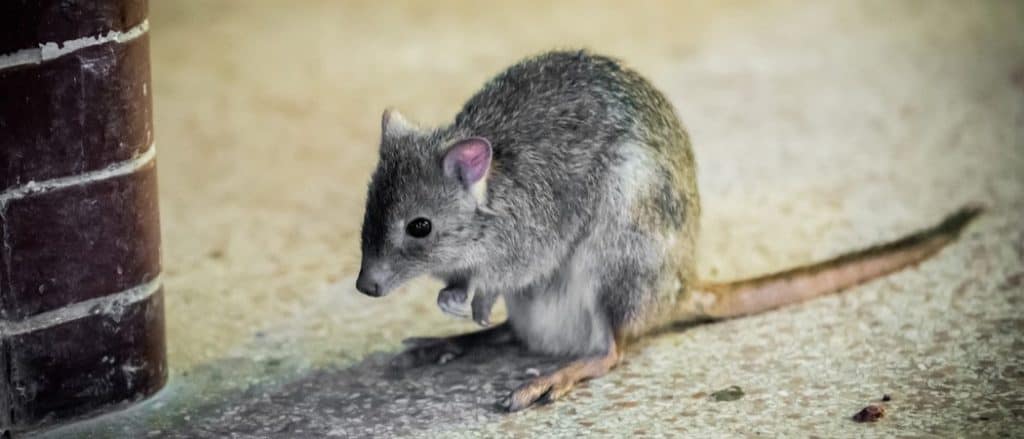
Giant
kangaroo
rats are solitary and highly terrestrial.
©Jana Mackova/Shutterstock.com
The giant kangaroo rat is an endangered rodent endemic to California. They are the largest members of their family, and you can find them along the western edge of the San Joaquin Valley, where they spend their days hopping through their habitat. They use leaping movements to cover a distance of seven feet in one bound and 10 feet per second. These rats are solitary and highly territorial, rarely emerging from their homes. But they will leap and bound instantly to escape predators or other dangers.
3. California Condor – 55 mph
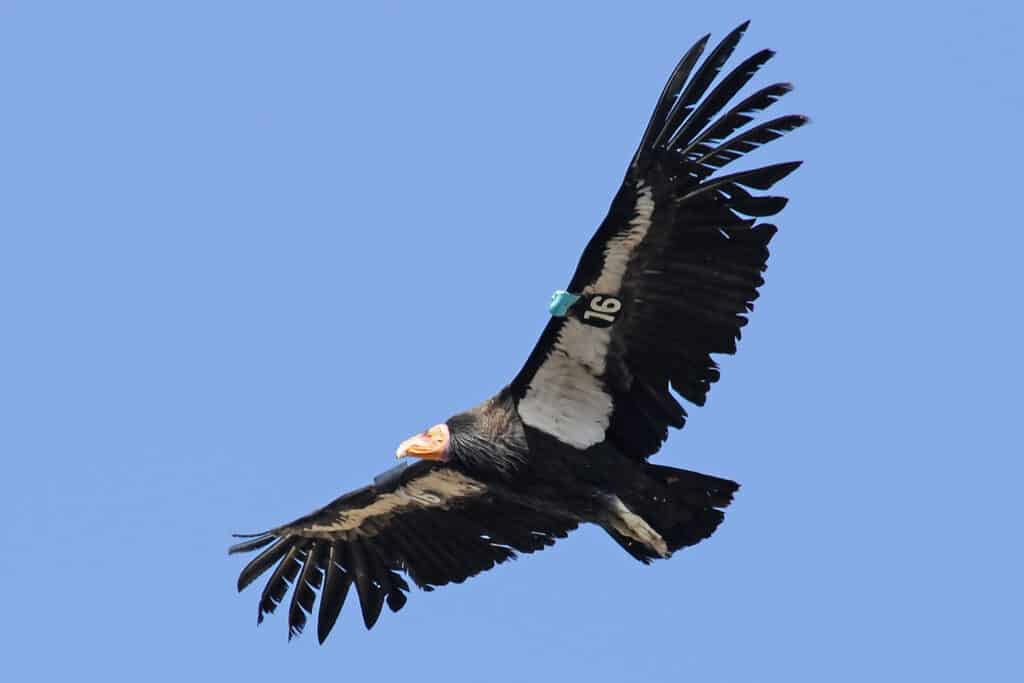
California condors can reach flying speeds of 55 mph.
©Brian A Wolf/Shutterstock.com
The California condor is a species of vulture and the largest North American land bird. This rare bird almost went extinct due to poaching and habitat destruction, but conservation efforts prolonged the species. More than 300 mature individuals live in the wild, and their populations are slowly increasing. These impressive vultures have wingspans over nine feet, which they use to fly up to 55 miles per hour at an elevation of over 15,000 feet. They can travel 150 miles daily in search of food, soaring high in the sky on thermal air currents.
4. Coyote – 43 mph

Fearless wild animals, coyotes are very fast.
©Mircea Costina/Shutterstock.com
Coyotes are canine species native to North America, inhabiting most areas in the United States. They live through most of California, except for major metropolitan areas, and their population is estimated to number 750,000 individuals. These wild dogs have become a problem in the state’s southern portion, with more people reporting attacks. These fearless wild animals are also fast, reaching 43 miles per hour, much faster than humans or pets. Don’t try to outrun coyotes; they can go their max speed when in pursuit of prey and can leap over 13 feet. If you ever encounter one, make yourself big by raising your arms, yelling, and throwing something in its direction.
5. Orca – 35 mph
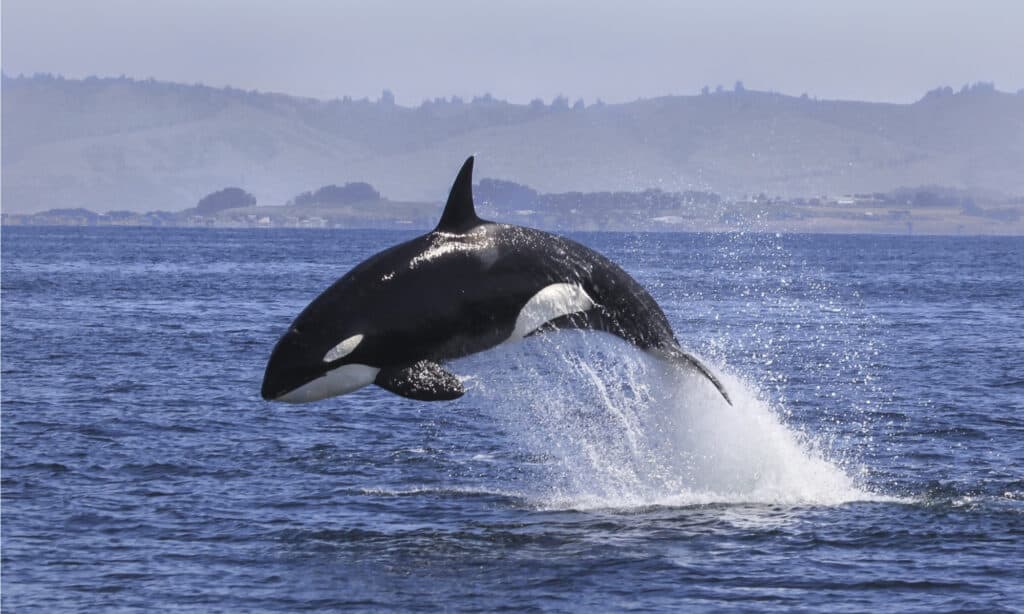
Killer whales can reach speeds of 35 mph.
©Tory Kallman/Shutterstock.com
The orca, or killer whale, belongs to the dolphin family and is one of the most fierce predators on earth. They are most abundant in colder waters near Antarctica and Norway, but they have dense populations in Southern California, including Long Beach, Monterey Bay, and San Diego. Killer whales are one of the fastest marine mammals alive, reaching 35 miles per hour, and a wild orca pod can travel 100 miles a day. Their streamlined, powerful bodies allow them to zip through the ocean water when hunting or fleeing danger, but they can’t maintain their max speed for long. Their leisure rate is around six mph, which they can sustain for many miles.
6. California Grizzly Bear – 35 mph
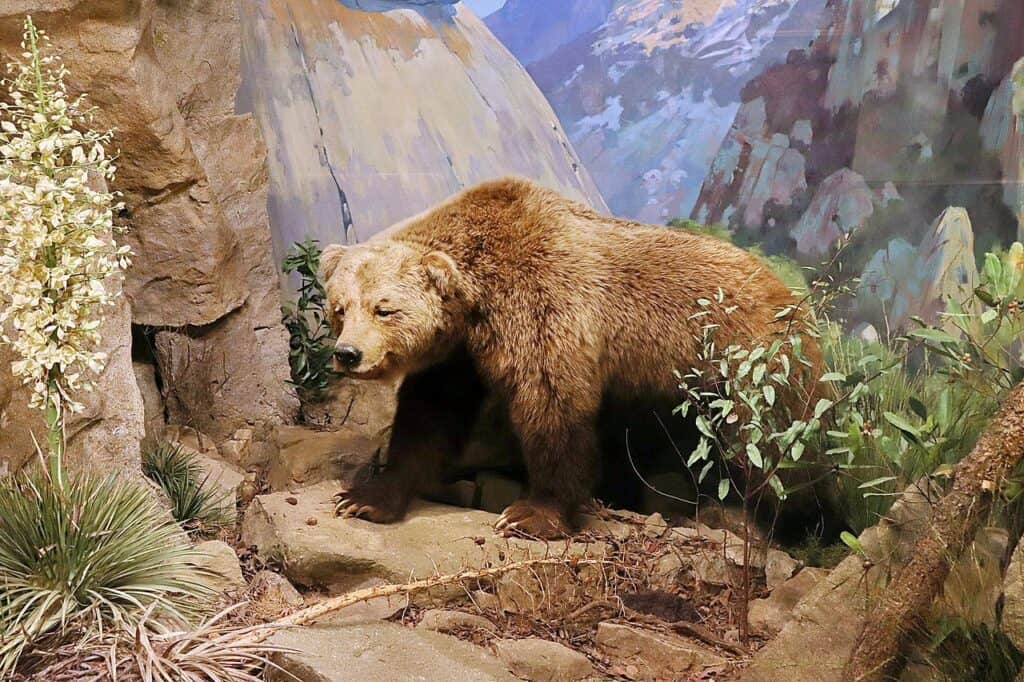
The California
grizzly bear
could run up to 35 mph.
©Vahe Martirosyan / CC BY-SA 2.0 – License
You may have seen the grizzly bear proudly adorned across California state flags, T-shirts, and other items, but have you actually ever seen one roaming the hills and mountains? The California grizzly bear is real, but it hasn’t existed in the state since the 1920s. This extinct bear species was a subspecies of the brown bear that once freely roamed the Santa Monica Mountains and the Sierra Nevada. It stood over eight feet tall, weighed 1,000 pounds, and could run up to 35 miles per hour when hunting or fleeing danger.
7. California Newt
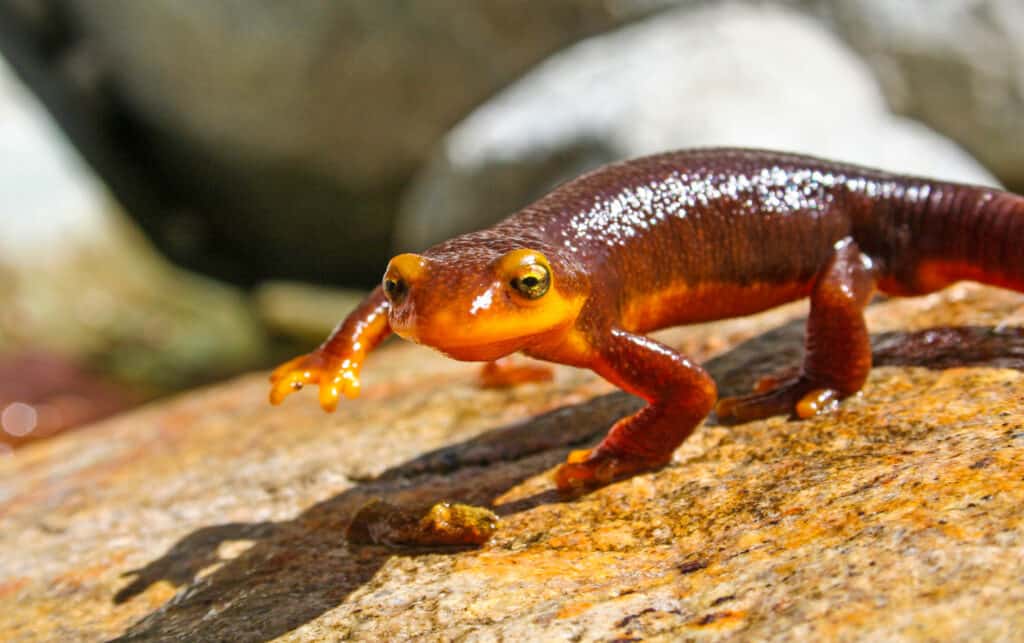
California newts reach incredible speed when fleeing danger.
©Creeping Things/Shutterstock.com
The California newt, also known as the orange-bellied newt, is a toxic species endemic to California. They live in the state’s coastal counties and the southern portion of the Sierra Nevada, inhabiting wet forests, scrub, and rolling grasslands. These amphibians spend most of their time moving slowly, but they are excellent swimmers and runners, reaching up to 30 miles per hour, much faster than the average human. But they typically only reach these speeds in quick bursts when fleeing danger. They also release toxins through their skin when threatened.
Up Next:
- Discover the Fastest Animals in Arizona
- Discover the Fastest Animals in South Carolina
- Discover the Fastest Animals in Oklahoma
- Discover the Fastest Animals in Alaska
The photo featured at the top of this post is © Brian A Wolf/Shutterstock.com
Thank you for reading! Have some feedback for us? Contact the AZ Animals editorial team.






